How to Start a Homestead
If you have been longing to be more self-sufficient at home, then this article on how to start a homestead is perfect for you right now. Get an overview of what you need to know, what to expect, and what to have so you are ready to make this next stage of your life a successful one.
Not only can you live a better life when you are self-sufficient, but you can make money with your homestead as well. Use these homesteading tips to live a self-sufficient life.
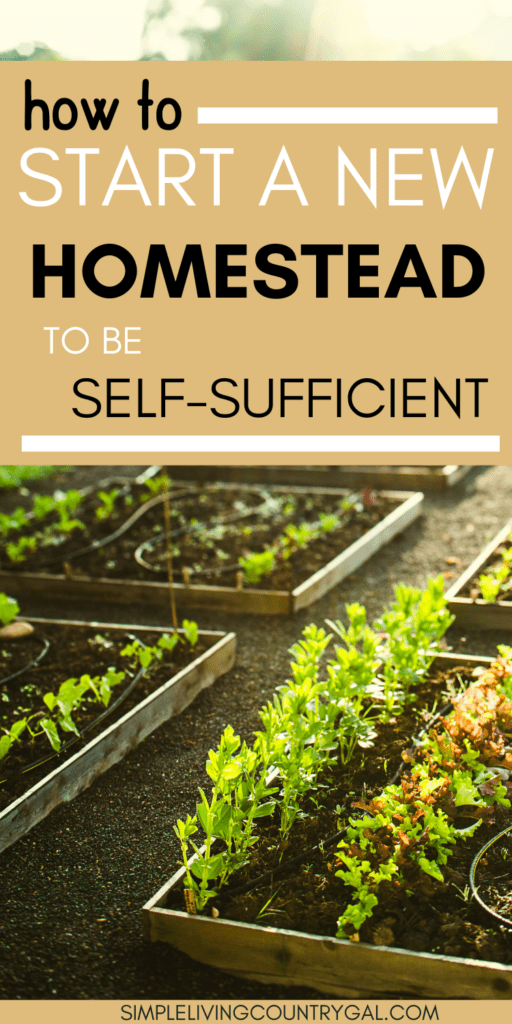
Starting a homestead can be a great way to save some money, put your yard to good use, raise and grow more of what your family needs, and stay out of the stores.
But it can also be overwhelming, especially if you are new to it. Let’s face it, there’s a lot involved in homesteading, and it can be hard to know where to start.
What is a homestead?
Homesteading is about creating a self-sufficient lifestyle, either in part or in whole. Everything from a small vegetable garden to a fully running farm can be considered homesteading. The main purpose is to grow and raise more of what your family needs so you can stay out of the stores.
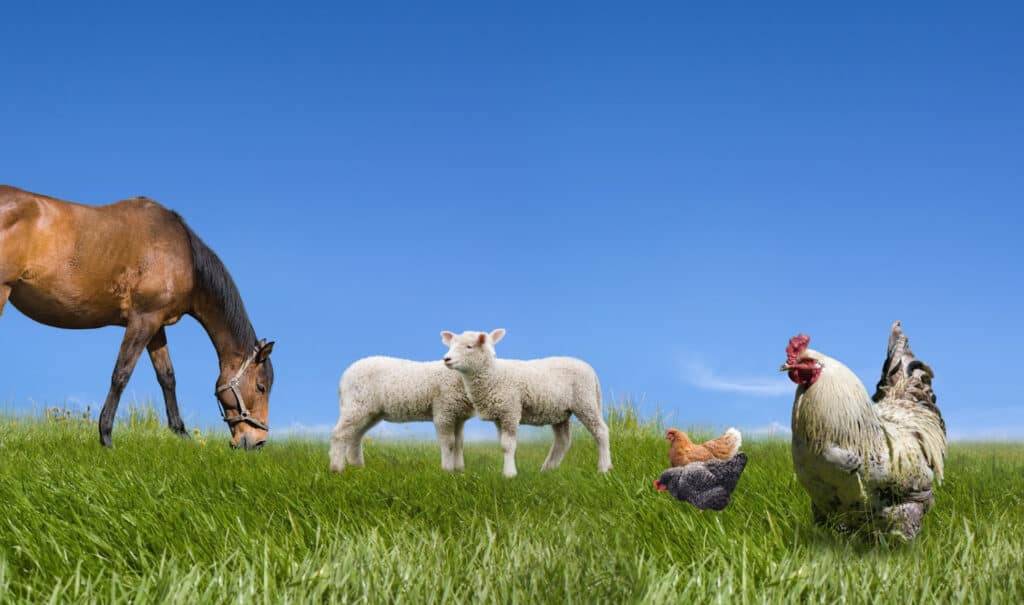
Homesteading can also mean different things to different people.
Some people are just interested in gardening, growing as much food as they can in their own backyard. Others also want to raise more of the food their family needs. Either by adding large livestock to their homestead or keeping it small by adding a chicken coop or even raising a herd of dairy goats.
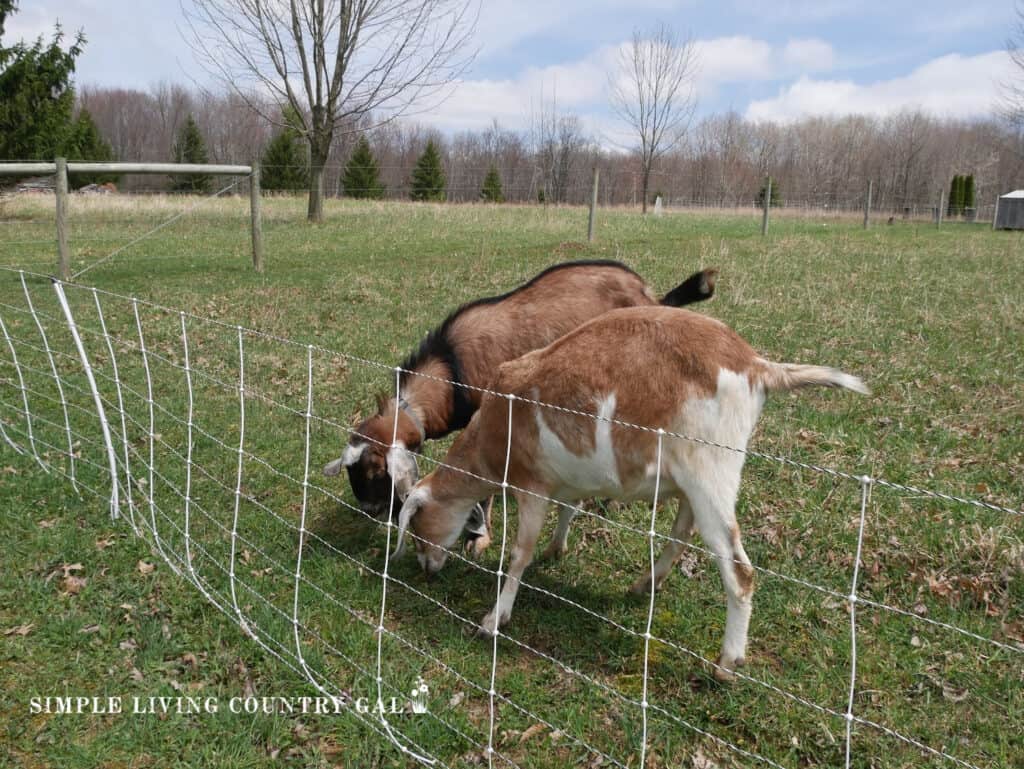
You will need to decide what it means to you based on how much land you have to work with and how much time you’re willing to put into it.
Dive into a few homesteading books and see how others are doing things where they live. You may be surprised at how much you can grow and raise on a small parcel of land.
How to Start a Homestead
If you’re considering starting a homestead, here are a few things to consider.
1. What will it mean to you?
• Will you be gardening on the weekends or working your land full-time? The amount of time you have available to spend on your homestead will help you to determine how many aspects you can add in.
• Will you use a portion of your yard or as much land as you can? Again, the space you dedicate to the different parts of your homestead will help you to stay within your means.
• Do you want to enjoy a few fruits and vegetables or grow a full crop to see you through the winter? I suggest making a list of the foods you plan to grow and deciding how much of each you will need for a full year. You can get an idea of how much food to grow here.
• Will your homesteading plans include chickens or other livestock? When considering adding livestock to your homestead, you will want to take into account housing along with grazing space.
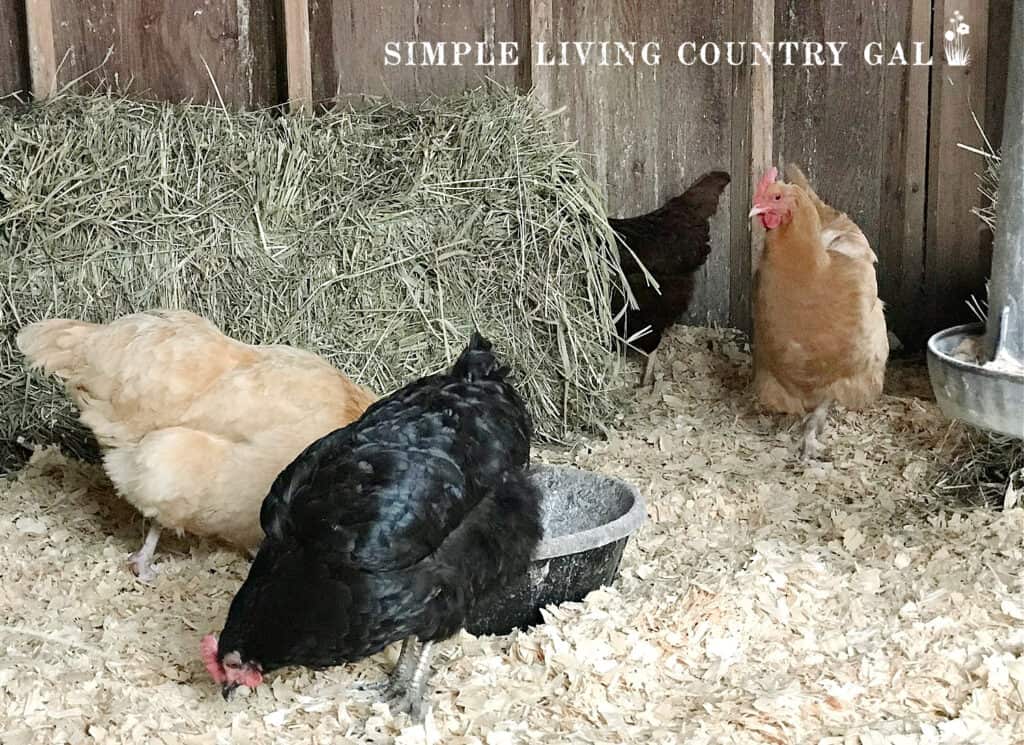
Before you can create your plan, you’ll need to figure out what it is you want to do. Make a list and research the space and time you will need in each area. From there, you can more successfully create a homestead that you can keep up with.
2. What will you need?
For starters, you’re going to need some land. How much land you have to use will be a big deciding factor in how big your homestead efforts can be.
• Do you have enough space for just a garden? A garden and some chickens? Maybe a few goats? Remember, you can always start out small and add more animals later.
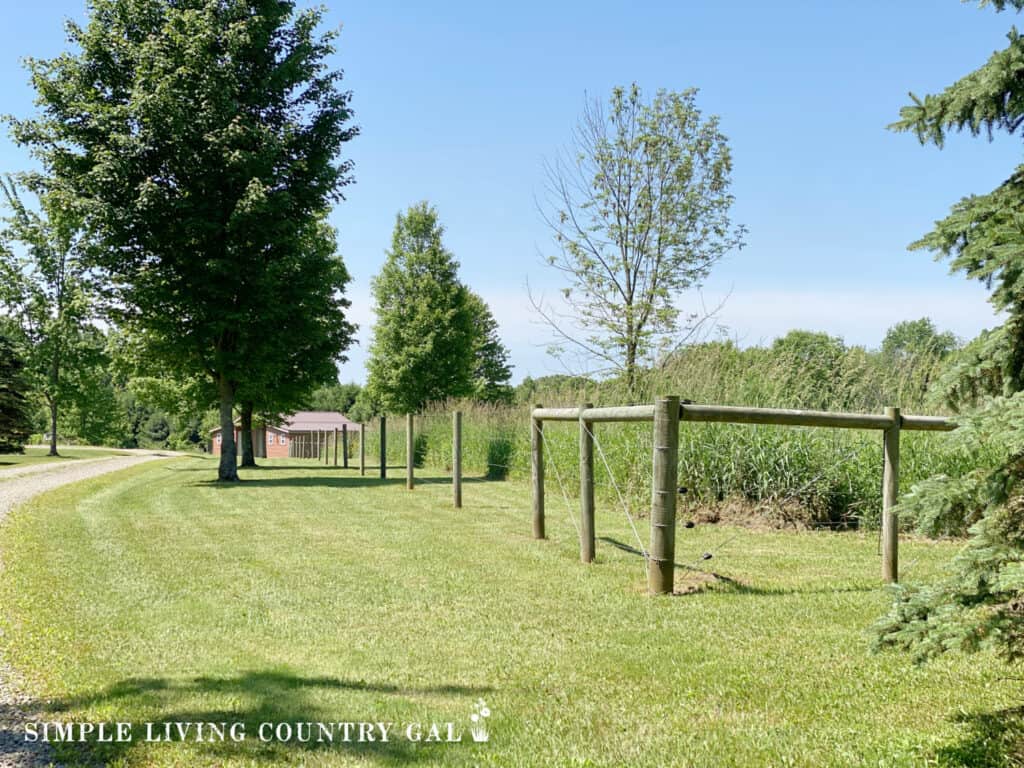
• Check your accessible water source. If you have a well you rely on for your family’s water, be sure to check that there is enough to handle the load of a garden and/or livestock.
• Make sure you have plenty of sunlight; there aren’t many crops that grow in the shade. Check your area a few times daily to know how much AM and PM sunlight you will have available.
If you have too many trees, you may need to take a few down, which can be a big deciding factor on location.
• Check the laws where you live. If you’re planning on any livestock, you’ll need to check your county ordinances to see what you’re allowed and if you need permits. If you live in a neighborhood, you may also have homeowner’s association rules to follow.
3. How much will it cost?
Homesteading will save you money in the long run, but it can be an expensive startup. Knowing this going in will greatly help you plan before you start.
Decide what you want to do, then start researching how much it will cost to start it all up. Next, create a budget for yourself in each area.
You don’t want to be halfway done and realize you need more supplies only to find you’ve over budget. Plan what you will spend upfront so there are no surprises later on.
4. How involved do you want to be?
Time, budget, and amount of land can all be factors in deciding how big or how small you want to start.
You can either go all-in all at once or start small and decide if it’s a good fit for you before you invest more money and time.
Think things through. Do your research and create a plan that fits your home and budget. Once you are done with these basic steps, you’ll have a clearer idea of what homesteading means to you, and you’ll know where you want to start.
Now you’re ready to get started. But where do you begin? Here are three great options for starting small with something you can grow on.
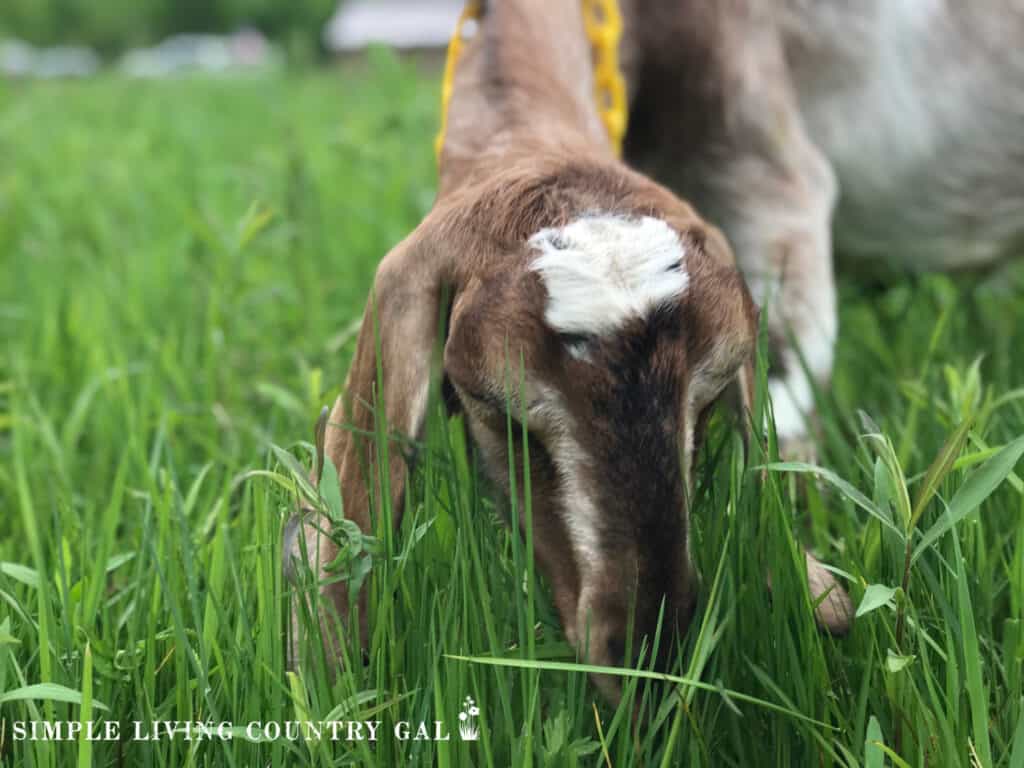
Herbs
An herb garden is a great place to start if you want to start small and see if homesteading is for you. If you decide you enjoy growing herbs and want to keep growing, you can easily create a bigger herb garden that you can expand into a vegetable garden.
Herbs can be grown in the ground, raised beds, or even in containers for those without a lot of land to work with.
They’ll grow quickly and provide you with an abundance of fresh herbs to use in your kitchen. You can also dry them out to preserve them for later use.
For the most part, herbs are foolproof. They don’t require a lot of special skills, they grow well in potting soil with some water and sunlight, and many of them put off scents that detract pests and insects, which can be a benefit when you add them to a vegetable garden.
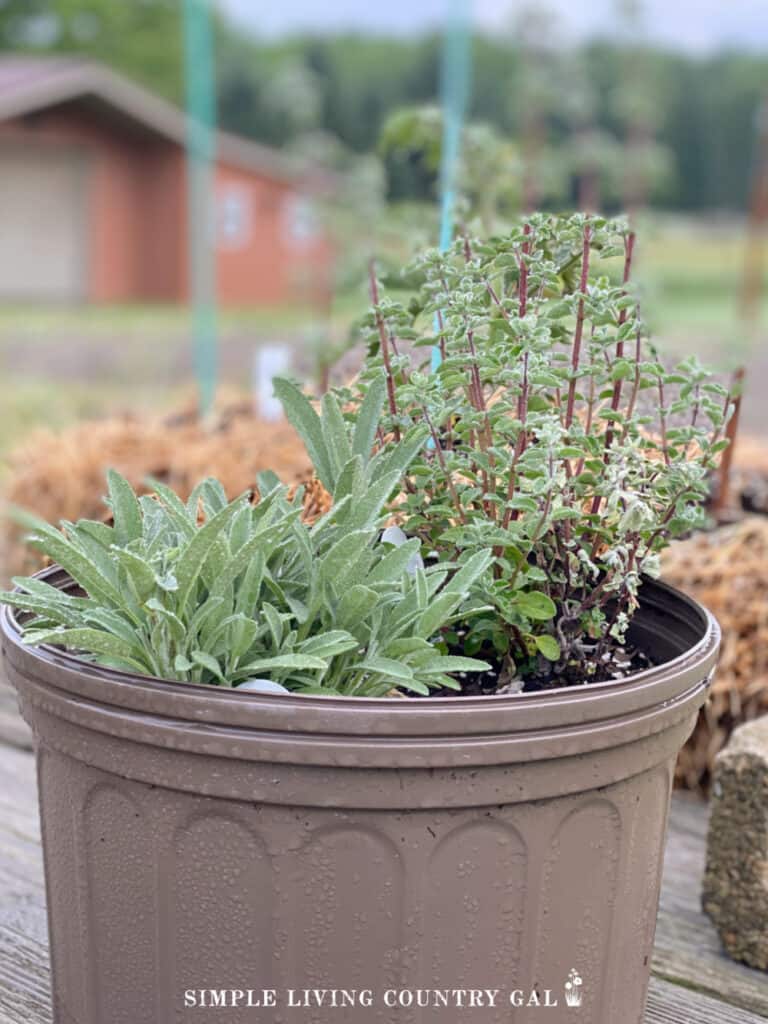
Herbs will need to be watered daily and inspected for any issues so you can stop them before they get out of hand. Harvest is done as you need them and you can freeze or dry your herbs when you see you have excess growing.
More Herb Growing Resources:
Garden
One of the best ways to be self-sufficient is to grow a vegetable garden.
Like herbs, many vegetables can be grown in various gardening containers or raised beds, so they’ll also work well in smaller spaces.
Think about the vegetables your family eats most and research the best ways to grow them. While most grow well in the spring, summer, and fall months, some will do fine in winter, so you can continue gardening all year.
See what vegetables you can grow in the winter.
Many vegetables will grow even more after harvesting some, providing you with an ongoing bounty to enjoy.
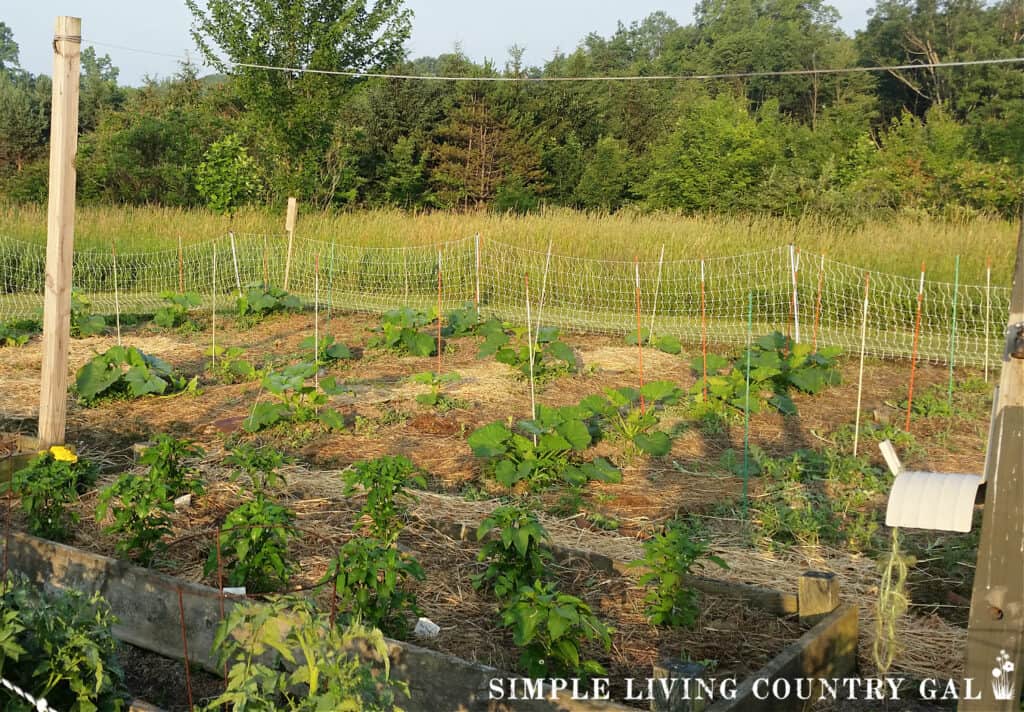
Gardens will need to be watered daily and weeded weekly or more often. You will also need to inspect your plants routinely to watch for pests or diseases. At harvest time, a large investment will be needed to pick, dry, freeze, and can the food you grew.
Finally, in the fall, you will need to close up your garden and plant any garlic for the next year.
READ: How to Use Wood Ash on the Homestead
Chickens
Chickens can be a great addition to any homestead, especially if you want to enjoy fresh eggs daily.
All you need is a small flock of 3-7 hens, and you will find they lay enough eggs for your family to enjoy. If you want to generate some income with your homestead, you can increase the number of chickens you raise and sell the excess eggs to neighbors or even local businesses.
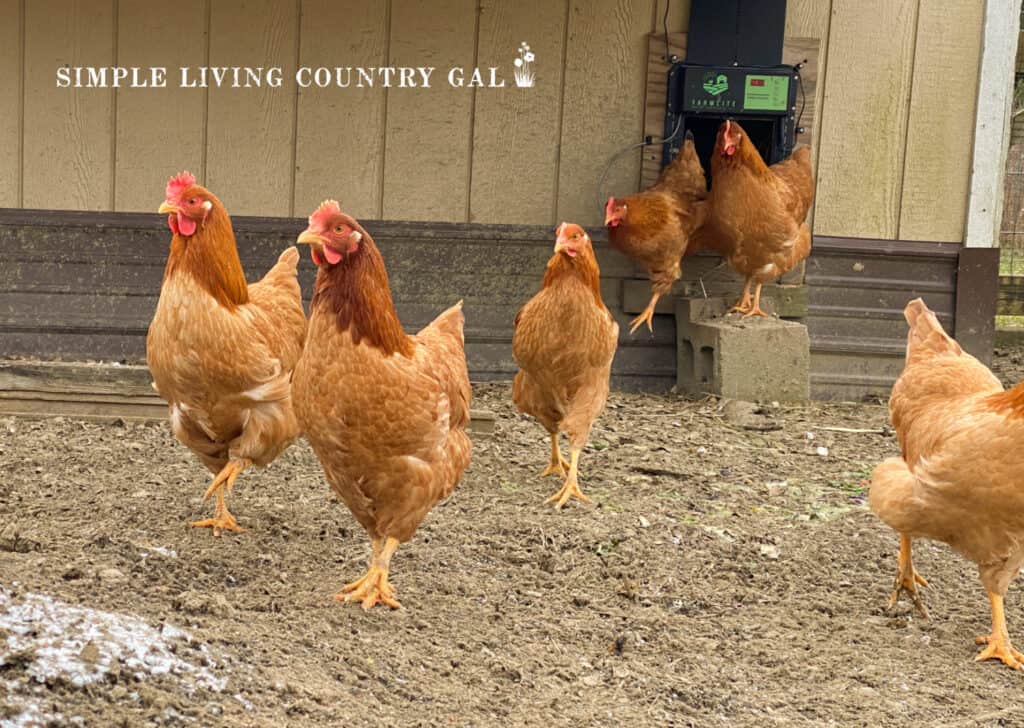
Chickens require a section of land in order to hold a coop, an outdoor run, or even provide space for free ranging. Chickens like to wander, so you’ll need plenty of space for them to do so. Another thought is to ensure your neighbors are friendly and wouldn’t mind a hen or two wandering over to their property.
Like a garden, chickens need daily tending to ensure they are healthy and fit throughout the year. Coops will need to be cleaned; you’ll need to make fresh dust baths occasionally and daily feeding along with fresh water. You will also need to collect eggs 1-2 times a day, depending on the size of your flock.
If you don’t think you can commit to daily tending, chickens might not be right for you.
Goats
Another area many folks consider adding to their homestead is goats or sheep. Goats are a great source of milk, and sheep are good for supplying wool. Both can be used in your home or sold to generate income.
Goats will require a shelter that is appropriate for the weather where you live, along with a pasture to graze in. The acreage you have for them to graze will depend on the number of goats in your herd and the breed you raise.
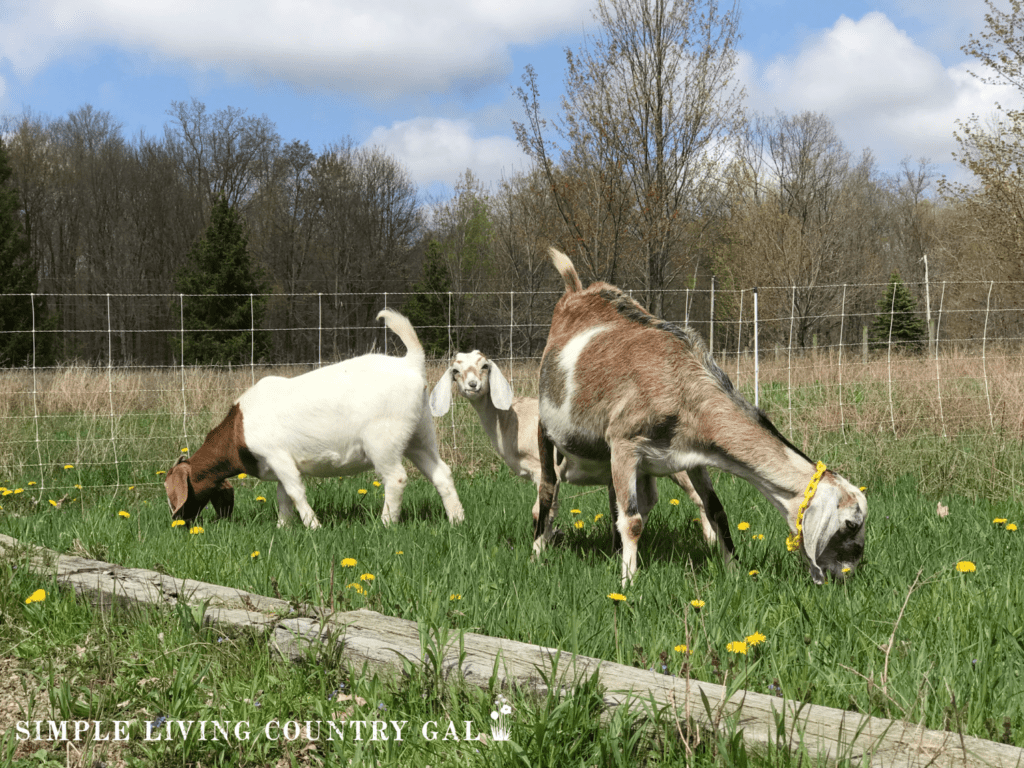
Goat Breed Resources:
Other Livestock to Consider
There are still other animals you may want to add to your homestead. Here is a list of the most common, be sure to do your research before adding anything new to your setup.
If you’ve been thinking of starting a homestead, I find it best to always start by researching. Consider the space you have available, the areas that interest you the most, the amount of time you will have, and your family’s needs before you begin.
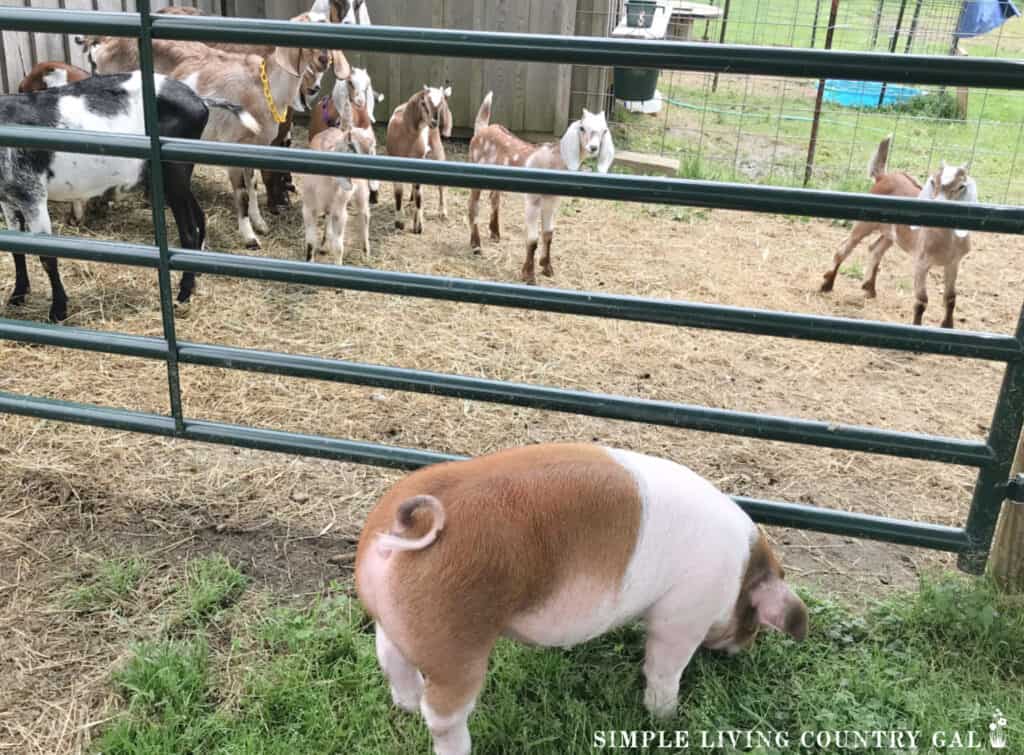
Homesteading Tools
Finally, be sure to have the right tools on hand before you begin. You do not need to invest in all of these; create a tool shed of the basics to start. You can always add on more equipment as you delve deeper into your homesteading journey.
A few ideas to have are:
- Rake, hoe, shovel
- Wheelbarrow
- Wagon or utility sled
- Electric fencing
- Chicken coop
- Raised beds
- Herb planters
- Watering hose and nozzle
- Tomato cages and trellises
- Compost bin
By preparing before you begin, you will take the best approach for how to start a homestead that fits your entire family.
More Homesteading Resources:
- How to Convert a Shed Into a Goat Barn
- Keep Chickens Warm in Winter Without Electricity
- 7 Things to do Before you Homestead
